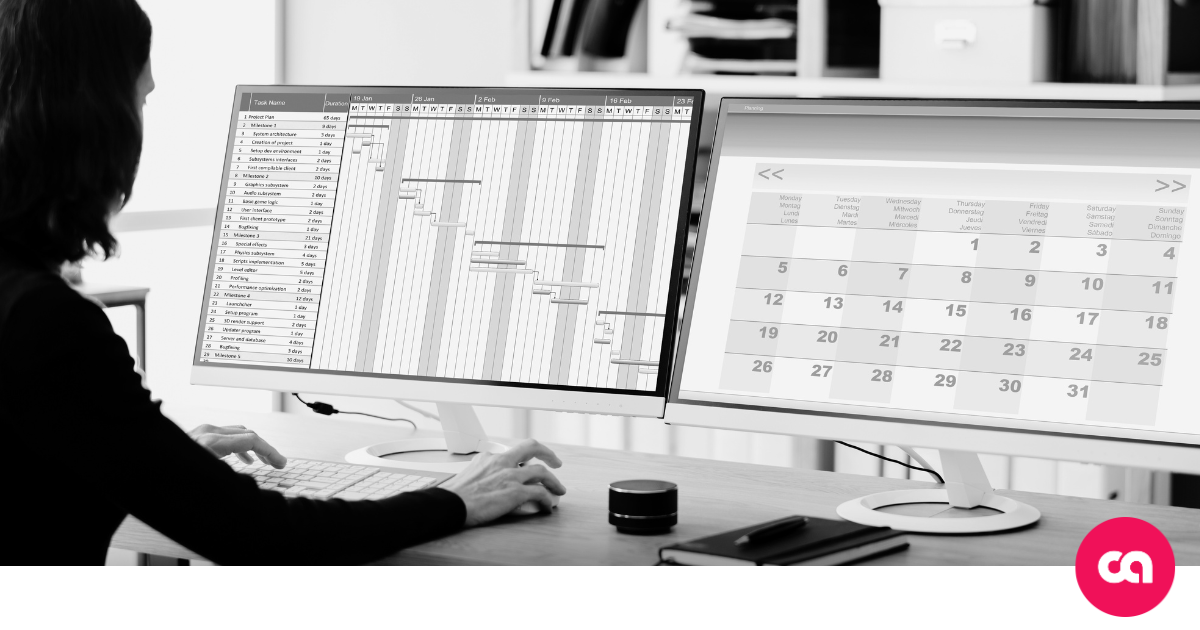Efficient Collection Management: Prioritizing and Managing Your Collection Efforts

Managing collections can be a challenging task, especially when dealing with large volumes of data. For organizations, collecting payments from customers can be crucial to their success, but it can also be time-consuming and costly. Efficient collection management is essential to optimize your collections process, increase revenue, and avoid potential losses.
In this article, we will explore how to prioritize and manage your collection efforts to improve your collection rates and streamline your collection process. We will discuss strategies for identifying your highest-priority accounts, setting up a collection timeline, and implementing a clear communication plan.
1. Identify Your Priority Accounts
Not all accounts are created equal. Some customers are more valuable than others, and it’s important to prioritize your collection efforts accordingly. One way to identify your priority accounts is by looking at the age of the debt. Older debts are typically harder to collect, so it’s best to focus on these accounts first.
Another way to prioritize your accounts is by considering the size of the debt. Larger debts are often more critical to your organization’s success, so it’s essential to focus on collecting these debts as soon as possible. You can also consider the customer’s payment history and their likelihood of paying. Customers who have a history of timely payments are more likely to pay their debt promptly.
2. Set Up a Collection Timeline
Once you have identified your priority accounts, it’s essential to create a collection timeline. A collection timeline is a schedule that outlines the steps you will take to collect payment from a customer. This timeline should include a series of steps that you will take to communicate with the customer, such as phone calls, emails, and letters.
Your collection timeline should be flexible and adaptable to each customer’s situation. For example, if a customer is experiencing financial difficulties, you may need to adjust your timeline to give them more time to pay.
3. Implement a Clear Communication Plan
Effective communication is critical to efficient collection management. Your communication plan should be clear, concise, and consistent. It should include a variety of communication methods, such as phone calls, emails, and letters.
When communicating with customers, it’s essential to be professional, polite, and empathetic. It’s important to understand that debt collection can be stressful for customers, and showing empathy can help build a positive relationship.
4. Use Technology to Streamline Your Collection Process
Technology can be an essential tool in streamlining your collection process. There are many software solutions available that can help you automate your collection efforts. For example, you can use software to track the age of the debt, set up automatic reminders, and generate reports on your collection progress.
Using technology can also help you identify trends in your collection efforts, such as which customers are most likely to pay and which methods of communication are most effective.
5. Consider Outsourcing Your Collection Efforts
If your organization is struggling to manage your collection efforts, outsourcing may be an option worth considering. Outsourcing your collection efforts can be an effective way to free up your resources and focus on other areas of your business.
When outsourcing your collection efforts, it’s essential to choose a reputable and experienced collection agency. Make sure to review their track record and read reviews from other customers before making a decision.
Conclusion:
Efficient collection management is essential for organizations to optimize their collections process, increase revenue, and avoid potential losses. By identifying your priority accounts, setting up a collection timeline, implementing a clear communication plan, using technology to streamline your collection process, and considering outsourcing your collection efforts, you can improve your collection rates and streamline your collection process.
Managing collections can be a complex and time-consuming task, but with the right strategies and tools, it’s possible to make the process more efficient and effective.
Sources:
1. “Managing Receivables: How to Prioritize Your Collections” by Dave Lavinsky on Forbes (https://www.forbes.com/sites/davelavinsky/2016/08/31/managing-receivables-how-to-prioritize-your-collections/?sh=68a85a5232d6)
2. “7 Strategies for Effective Debt Collection” by Business News Daily (https://www.businessnewsdaily.com/6839-effective-debt-collection-strategies.html)
3. “Debt Collection Strategies: How to Improve Your Collections” by The Balance Small Business (https://www.thebalancesmb.com/debt-collection-strategies-394725)
4. “Debt Collection Tips for Small Business Owners” by Small Business Trends (https://smallbiztrends.com/2015/12/debt-collection-tips.html)
5. “Streamlining Your Collections Process with Technology” by CPA Practice Advisor (https://www.cpapracticeadvisor.com/accounting-audit/article/21145577/streamlining-your-collections-process-with-technology)
6. “Outsourcing Debt Collection: What to Look for in a Collection Agency” by Investopedia (https://www.investopedia.com/articles/personal-finance/111615/outsourcing-debt-collection-what-look-collection-agency.asp)